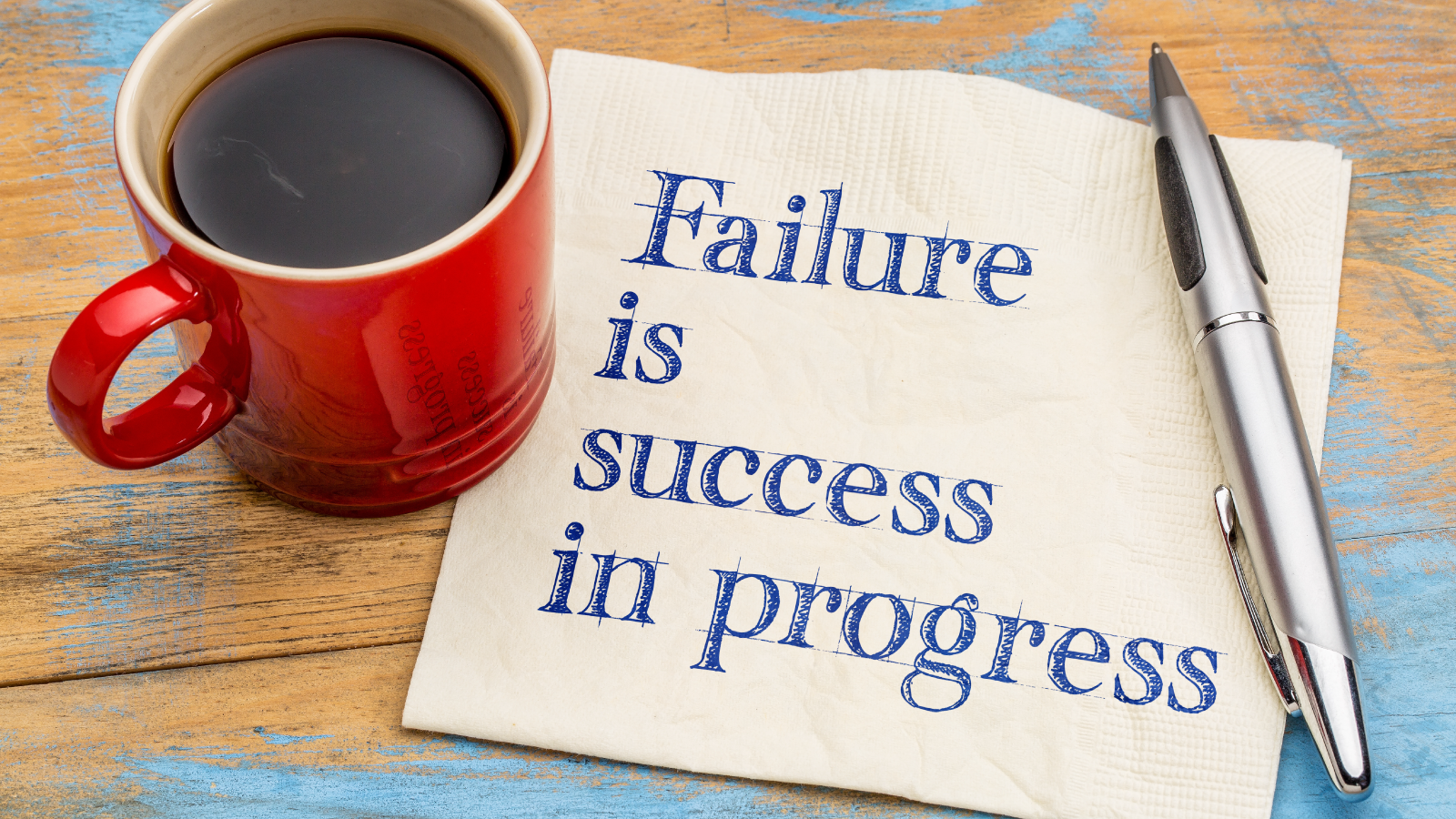This article originally appeared on Innovation Leader.
Failure in some of your innovation initiatives is more often than not inevitable. The lack of visibility into the ROI of innovation activities and the fact that today’s complete duds can sometimes become tomorrow’s commercial success tells you everything you need to know about this challenging problem.
Innovation remains the most elusive activity for any company to get right, and the only one where many misfires are needed before one good shot gets through. Couple this reality with quarterly obligations companies have to meet and the massive regulations they need to comply with, and the result amounts to a perfect storm forcing most companies to often shortchange their future to meet their near-term obligations.
You would not accept losing the large majority of your clients before you figured out how to run your customer service operation, or alienate almost all of your employees before you learned how to manage your HR/payroll system.
Yet in innovation, the expectation is exactly that; failure is the necessary first step before you can make that crucial leap forward in the right direction. After all, if you never try, you will never know.
In innovation, failure in not the exception, but rather the rule. As such, innovation should be viewed as the perpetual pursuit of learning. Think of innovation as being the school of life where questioning, experimenting, learning and sharing are the pillars of the innovation management cycle that ensure a successful and sustainable future for both yourself and those around you.
However, it’s not all gloom and doom; through the following five lenses, companies can assess the potential value created from every failure, and use it as a learning opportunity to determine if in fact a failing grade can be upgraded to a satisfactory one.
1. Learning and Sharing
Communicating lessons learned from a failure will help your organization find the optimal solution, and ensure others avoid repeating the same mistakes in the future.
2. Experimenting Execution
An experiment must be defined and launched in a timely and cost-effective manner. Improving the experimentation velocity by constantly refining your agility means you can carry out more experiments and accelerate learning. This is often the most under-appreciated consideration, yet it impacts all the other lenses because it increases your organization’s overall ability to recover from failures.
3. Future Innovation Value
Raising the original estimated value of an idea and pursuing higher innovation ambitions can produce more significant outcomes. The snowball effect is a major source of value creation helping you identify new opportunities that grow market size or broaden the scope of your current innovation activities.
4. Customer Churn
Reducing any negative influence on your customer satisfaction level or avoiding any negative impact on customer allegiance are absolute musts. Brand loyalty is under serious threat as consumers are constantly seeking the latest, greatest and cheapest. A culture of innovation and experimentation within your organization will establish a long-lasting relationship with customers looking to follow the most innovative brands.
5. Employee Well-being
Your employees’ health, work conditions, engagement and productivity will greatly benefit from this work. Trying new things is exciting and breathes new life into everyday activities. With every experiment your workforce will build a stronger work ethic that will likely encourage team members to make more valuable and significant contributions.
This mind shift is the most important transformation that is now occurring in organizations as they increasingly gravitate from a reliance on protecting their core business to constantly thinking about how they can redefine and transform themselves to avoid getting disrupted.

Ludwig Melik
CEO at Planbox and author of the Future-Fit Manifesto. I help organizations build a sustainable culture of innovation. Follow me on Twitter or LinkedIn.

